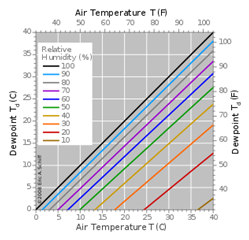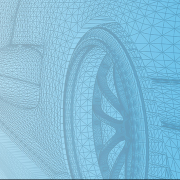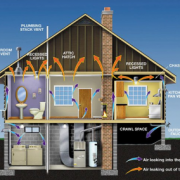written by Kansas City Regional Clean Cities Coalition director, David Albrecht
There’s a lot to like about electricity from hydropower. It produces zero emissions. It can respond quickly to sudden increases in demand. A dam can also protect against floods, store water to fend off drought, slake the thirst of cities and irrigate cropland while generating clean energy.
The Age Of Dams
Dams can even serve as sources of national inspiration. In the depths of the Great Depression, building Boulder Dam (now Hoover Dam) didn’t just provide thousands of desperately needed jobs. The project made news. It was the biggest dam ever tried, built in a searing desert environment. Vital engineering problems were solved with construction already underway. And it was proof that even during tough times, Americans could undertake big, ambitious projects and succeed. 10,000 spectators turned out in 102-degree heat when FDR dedicated the dam in September 1935, a job completed under budget and two years ahead of schedule.
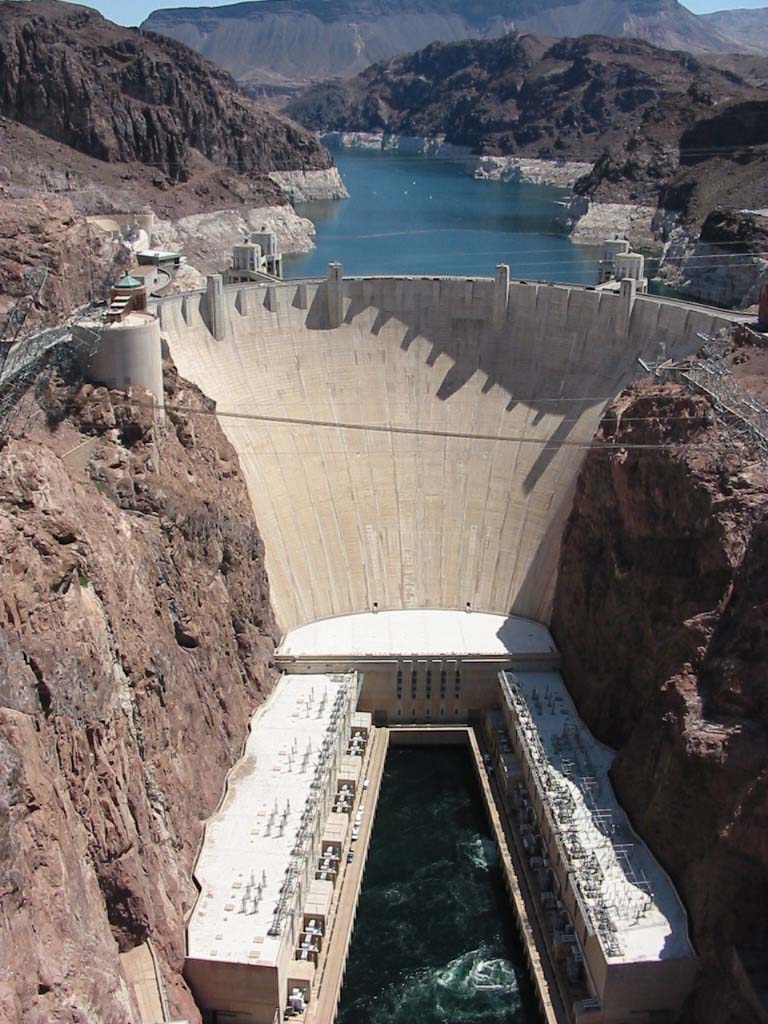
Hoover Dam marked the start of what some have called the Age of Dams. From the 1930s through the early 1980s, America built thousands of large dams. Some are truly huge (like Grand Coulee on the Columbia), some just garden-variety big. These structures rerouted rivers, irrigated vast areas of land, and made desert cities like Phoenix, Los Angeles and Las Vegas possible. There are now about 100,000 large dams nationwide, 5,500 of them 50 feet high or taller. In 2019, America’s 2,400 hydropower dams generated 274 billion kilowatt-hours, a shade under 7% of all of our electricity. So, given all the benefits dams can provide, why aren’t we using more of this clean energy source?
Location, Location Location
It’s complicated. As implied above, only a small minority of dams provide power, and the biggest dams are federal projects. For these dams, there’s a kind of legal division of labor between multi-purpose dams providing power, storage and irrigation, and flood-control dams. Flood-control dams can generate power, but that’s not their main purpose. Example – the vast Fort Peck Dam in Montana has a volume of 96 million cubic meters, and generates 185 megawatts of power. Grand Coulee Dam has one-tenth the volume – 9.1 million cubic meters – but maximum electrical output of over 7,000 megawatts – 37 times more than Fort Peck. Different rivers, different sites, different designs – and different reasons for being. Fort Peck was designed for flood control, with some generation capacity. Grand Coulee was all about power. Could existing dams be retrofitted to generate more power? Possibly, but at high cost, and at the expense of other missions they’re required by law to fulfill.
In a sense, geography is in control. There are only so many rivers that are big enough to dam. On each of those rivers, there are only so many sites that make sense. Even then things don’t always work out. A case in point – Optima Dam. Sited on the North Canadian River in Oklahoma, Optima was completed in 1978, after 12 years of planning and construction. Today Optima Lake is effectively empty. The North Canadian was once fed by underground water from the Ogallala Aquifer. But over time, farmers have pumped so much water from the Ogallala for irrigation that there’s now nothing left for the river or the reservoir. Beyond extremes like this, nearly all the best locations were developed during the Age of Dams. What sites remain are, for the most part, remote, expensive or potentially dangerous.
Approaching An Age Of Extremes
There’s also maintenance. Dams look massive and unchangeable. But they’re subject to the ravages of time like we are (it just takes longer). By 2020, more than 70% of all the dams in this country were more than 50 years old. Really big hydropower dams like Hoover, Bonneville or Shasta are regularly inspected by federal authorities, but they’re the exception to the rule. And even these kinds of massive structures are now being put to the test by more extreme weather events. Oroville Dam in California faced disastrously sudden melting of a heavy snowpack in 2017. The result was an overloaded spillway, 200,000 residents evacuated and a repair bill north of $1 billion. The May 2020 dam failure in Michigan and the collapse of Spencer Dam in Nebraska during 2019’s intense “bomb cyclone” are examples of what can happen to older, smaller systems facing extreme stress without regular inspection.
Finally, dams have finite lives. They may endure for centuries, but in the end, all reservoirs will fill with sediment. In the Sierra Nevada, in hard rock terrain, a dam might endure millennia. But in much of the American West, where soils erode easily and where flash floods roll car-sized boulders, it’s different. Glen Canyon Dam on the Colorado was completed in 1963. It created a reservoir that could hold 27 million acre-feet of water. Today that reservoir – Lake Powell – can hold about 24.3 million acre-feet when full. That missing 10% – enough to cover 2.7 million acres with one foot of water – cannot be replaced, because there’s mud and sand where water used to be. The original capacity of Lake Mead, behind Hoover, was 32 million acre-feet. Today it’s down to 25.8 million – a loss of almost 20%. Ongoing drought, like the Colorado River basin is now experiencing, also limits electricity a dam can produce. The deeper the water above the turbine, the greater the energy output – and vice-versa. As reservoirs fall, so does potential power output. In a region where entire states depend on these dams and lakes, and the power they produce, these physical limits are becoming visible.
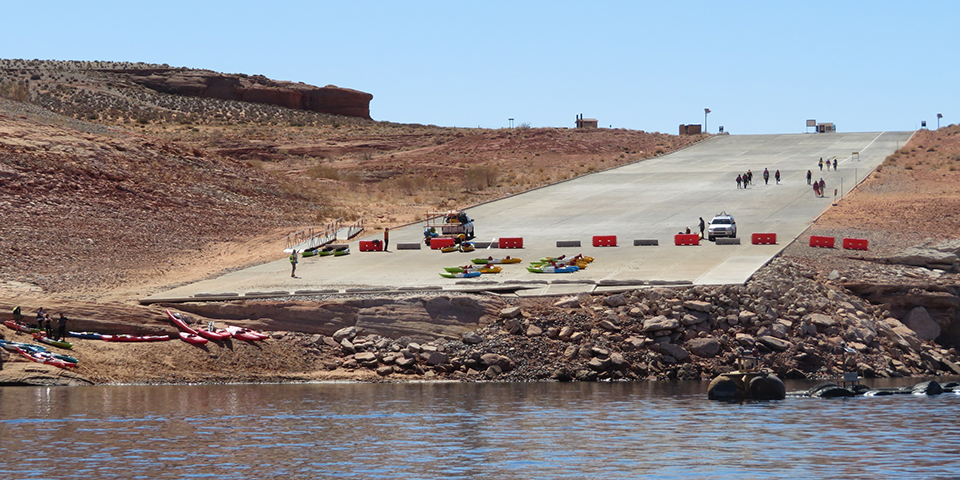
While the big picture may look a bit bleak, boosting clean energy output using existing infrastructure may be possible – while stabilizing the grid at the same time. At peak generation, California solar and wind power output is now so large that the state at times is forced to give away electricity. What if that renewable energy could be used to pump water from the Colorado back up behind Hoover Dam to generate more power? In effect, this would use the dam as a kind of battery, without the need for actual batteries. It wouldn’t be cheap. The Los Angeles Department of Water and Power, which supports the concept, estimates a cost of $3 billion, but these kinds of retrofits may be a path forward for enhanced hydropower generation and a more reliable electrical system.


